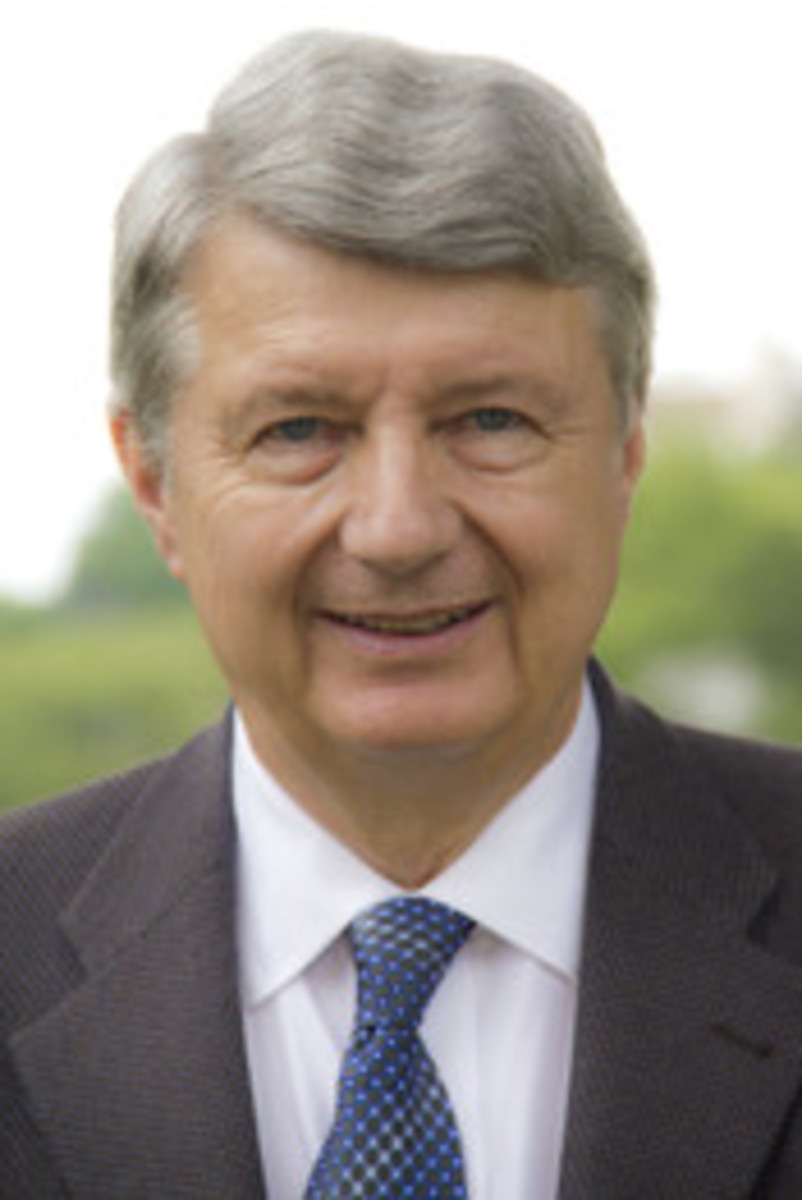Michael Wines for the NY Times:
For 14 years, as partisan gerrymanders across the country grew more extreme, Justice Anthony M. Kennedy came to symbolize hopes that the Supreme Court would eventually rein them in.
His retirement this week did not merely dampen those hopes. Experts said it also presented a potentially crippling threat to growing efforts by voting rights advocates and Democrats to halt gerrymanders by legal and political means….
But that likelihood, some said, is quite small. In hearing gerrymander challenges during the last term, Justice Roberts worried aloud about enmeshing the court in political matters.
“There’s a chance. It’s not zero,” said Nicholas Stephanopoulos, a University of Chicago law professor who has helped lead a lawsuit challenging the makeup of the Wisconsin State Assembly. “But I think our odds plummeted as a result of Kennedy’s retirement.”…
In 2015, the Supreme Court rejected a claim by Arizona’s Republican-led Legislature that the Constitution gave it sole authority over redistricting, and that a ballot initiative that shifted the task to a nonpartisan citizens commission was illegal. Justice Kennedy joined the court’s four liberals in the 5-4 ruling. Chief Justice Roberts wrote the dissent for the court’s conservative wing.
“That case really got Justice Roberts exercised,” said Richard L. Hasen, a law professor and election-law expert at the University of California-Irvine. “It was one of the more forceful dissents he has written.” In a court where hard-line conservatives are dominant, he and others said, the constitutionality of citizen redistricting commissions might well get a second and less favorable look.
